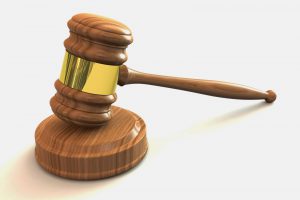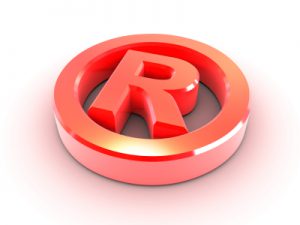Powers and functions of the registrar- Trademark registration in coimbatore
Here, we are going to discuss who is registrar and what are the powers and functions of registrar in a simplified way. Keep your eye on this article to know the basic information.
Registrar:

The controller-General of patents, design and trademarks is the registrar of trademarks for the purposes of the 1999 act as well as controller of patent for the purposes of the patents act, 1970. He is appointed under section 3 of the 1999 act. Other officers, who discharge their functions under the superintendence and direction of the registrar, are appointed under section 3(2). Such officers also carry out the functions of the registrar as authorised by him from time to time.
Powers of the registrar:

Under the 1999 act, the registrar is conferred with the following powers in respect of the proceedings:
- The powers of the civil court for the purposes of receiving evidence, administering oaths, enforcing the attendance of witnesses, compelling the discovery and production of documents and issuing commissions for the examination of witnesses;
- Power to make orders as to costs as he considers reasonable, subject to any rules made under section 157.
- Powers to review his own decision on an application made in this behalf.
In all proceedings under the act before him, as per section 27 the registrar has all the powers of a civil court for the purposes of receiving evidence, administering oaths, enforcing the attendance of witnesses, compelling the discovery and production of documents and issuing commissions fo the examination of witnesses. The registrar has power for compelling the discovery and production of documents which are required for the fair disposal of the case.
The registrar may make such orders as to costs as he considers reasonable, which are executable as a decree of a civil court. He has power to review his own decision on an application made in the prescribed manner. The registrar is vested with discretionary powers in many matters but section 128 stipulates that he will not exercise such power adversely against a person without giving an opportunity of being heard to the person concerned. The registrar may rely on such facts as are within his general knowledge or common knowledge. The registrar may take judicial notice of the use and reputation of any trademark, even though IPAB has stated that reputation and use should be proved.
Review of own decisions are not re-writing or appeal:

The registrar has no power to rewrite his judgement under the garb of review. The review of decision is distinguishable from an appeal and review is not a substitute for appeal. From all orders or decisions of the registrar, an appeal lies to the appellate board. An application to the registrar for review of his decision under clause of section 127 is to be made on form.no TM-57 and must be accompanied by a statement containing the grounds on which the review is requested. It is mandatory that such an application is made within one month from the date of such decision, or within such further period not exceeding one month as the registrar may, on request, allow. Rule 105 makes this time limit non-extendable.
It must be emphasized that only a decision including an order and a concluded option could be subject matter of review under this section. A procedural order, or grant or rejection of a request for extension of time does not amount to a decision and therefore, they cannot be a subject matter of review.
Applicability of CPC 1908 to review:

The practice and procedure before the registrar is governed by the provisions of the 1999 act and 2002 rules framed thereunder. The provisions of the code of civil procedure are not applicable as such. In the absence of any explicit provisions in the act or rules, it is the settled practice that the registrar in trademarks proceedings follows the provisions under section 145 of the civil procedure code and order 47 rule1, which limits the review to the following classes of cases:
- Where there is a discovery of new and important matter or evidence;
- Where there is a mistake or an error apparent on the face of the record and
- For any other sufficient reason.
“Any other sufficient reason” must be analogous to the other grounds mentioned in order 47, rule1. Any other sufficient clause means that a reason sufficient on grounds the sufficiency in the residual clause shall take colour from previously mentioned reasons in the provision. The review is not permissible even if the court has proceeded on a wrong exposition of law or has wrongly decided on question of law. A review would not be permissible on the ground that the decision is erroneous on the merits.
A review cannot be claimed or asked merely for a fresh hearing or arguments for correction of an erroneous view taken earlier, that is to say, that power of review can be exercised only for correction of a patent error or law or fact which stares in the face without any elaborate argument being needed for establishment any other attempt, except an attempt to correct an apparent error or an attempt not based on any ground set out in order 47 CPC, would amount to an abuse of the liberty given to the tribunal under the act to review its judgement.
While dealing with an application for recording transfer or ownership of a trademark, even though the rules do not expressly require a notice to be issued or a hearing to be given to the party adversely affected by the order or the application, there is, in the eye of law a necessary implication that such party be heard before an order for the removal of the name can be made against him.
In a review petition, in order to rectify an error apparent on the face of the record, the petitioner has no right to lead further evidence, unless it is proved that the material sought to be relied upon was not in his knowledge.
To know more related information -> Click here